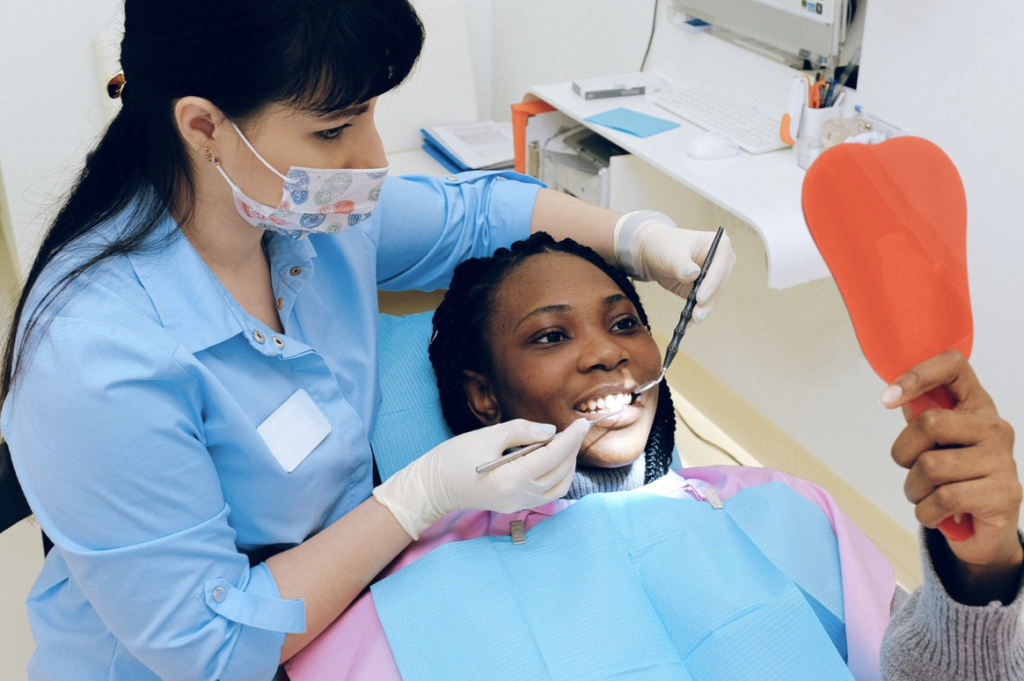The new take on orthodontic care


Don’t get stuck in the trap of thinking that realigning teeth and having orthodontic care is something for adolescents or requires the use of a brace. That may have been the case 20 years ago. But things have changed in dental clinics across the world with Invisalign London proving themselves as a viable option for a wide range of orthodontic problems.
The Traditional Treatment method
Traditional orthodontic care starts at local clinics. Most dental surgeries provide a significant quantity of treatment, occasionally complicated cases may be referred to an orthodontic trained dentist. Treatment was once heavily focused around fixed bracket braces. Which developed to the point where they were flexible enough to correct almost all misalignments. Largely displacing headgear in general practice.
How clear aligners turns treatment on is head
Clear aligners have approached orthodontic treatment from a very different perspective than the traditional brace. Traditional braces apply pressure to the teeth and are adjusted every 2 to 6 weeks. Thus, moving the teeth through the use of pulling.
Clear aligners approach the problem very differently. They are pre-designed by carrying out the entire procedure in a simulation. This requires an extremely accurate model of the human mouth which is calibrated using a 3D scan from the patient. Then, the entire orthodontic procedure is simulated, showing what movement the teeth have to go through to become realigned. Almost working backwards from the simulation, a sequence of aligners can be produced that will carry out the simulated treatment in real life. This has two advantages; not requiring regular check-ups to adjust the orthodontic tool and also giving the patient insight into their treatment and every step of it!

Staying on track with the treatment
It can be easy to get off track during treatment with a removable orthodontic tool. The need to wear aligners consistently can have a substantial impact, not only extending the overall time of the treatment and wearing an aligner longer than the normal two weeks. But it also risks a reversion of the tooth position, where the forces encouraging tooth movement are suddenly removed and the teeth begin to migrate back. This can increase the discomfort of wearing your aligner and if your tooth position falls out of sync with the aligner sequence, treatment may have to be restarted.
Brace vs invisible aligners day to day
A key difference between aligners and fitted braces are their visual appearance. Braces are usually made from metal. And can be very visible, even to people in the street. However, invisible aligners are made from clear plastic. Which when placed over your teeth, is not at all visible. Thus, making them passable in daily life.
Beyond this, many of the advantages come from clear aligners not being fitted in place, allowing you to take them out whilst eating. This is significantly different to fixed braces, which restrict your dietary choices and come along with a substantial quantity of after meal cleaning. Clear aligners even your normal brushing and flossing routine are not as disruptive, as all they need is a quick rinse in lukewarm water.
